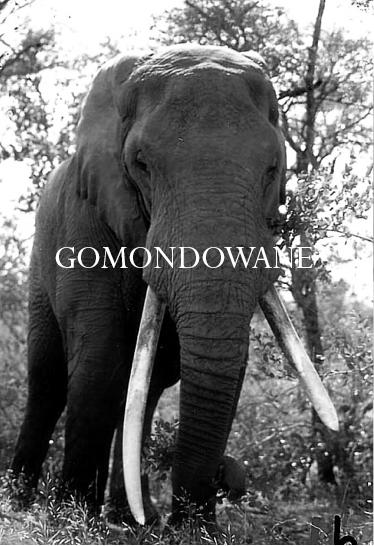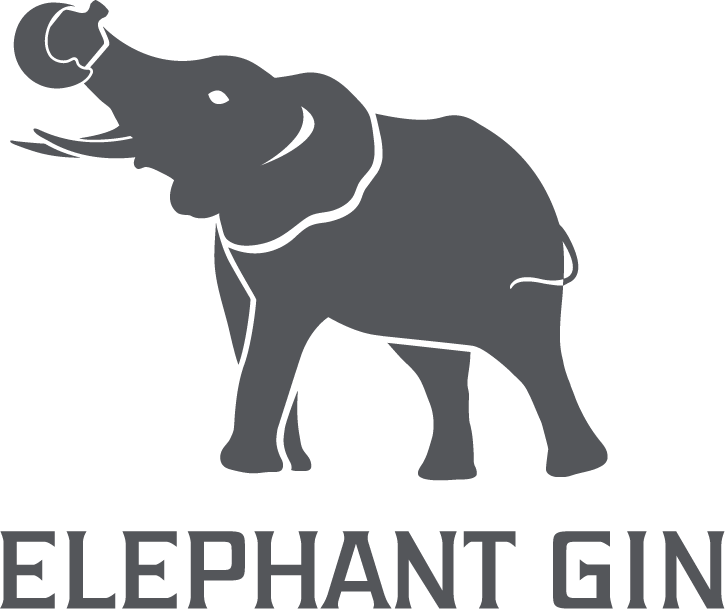- Wenn du dich für eine Auswahl entscheidest, wird die Seite komplett aktualisiert.
- Wird in einem neuen Fenster geöffnet.
Gomondawane

This large tusker was named after the Gomondwane waterhole, found halfway between Lower Sabie and Crocodile Bridge on the H4-2, Kruger National Park, SA. He was recognised by a short left master tusk with a rather long straight right tusk.
Not much is known about this elephant, he was first recorded by guests to the Kruger National Park (KNP) in 1992, and subsequently occasionally seen during the annual aerial census in the Southern Region of the KNP.
African elephant populations have only been consistently monitored since 1976. The initial results of the African Elephant Survey and Conservation Programme showed major declines during the 1970s and further studies suggested that elephant populations had more than halved in some areas between 1981 and 1987. As a result of this rapid decline, and in response to international pressure, the African Elephant was placed on Appendix I of the Convention of International Trade in Endangered Flora and Fauna (CITES) in 1989. This means that it is illegal for countries that belong to the Convention to buy or sell ivory or other elephant products.
Text: South African National Parks
Photo copyright: FW Schenk


